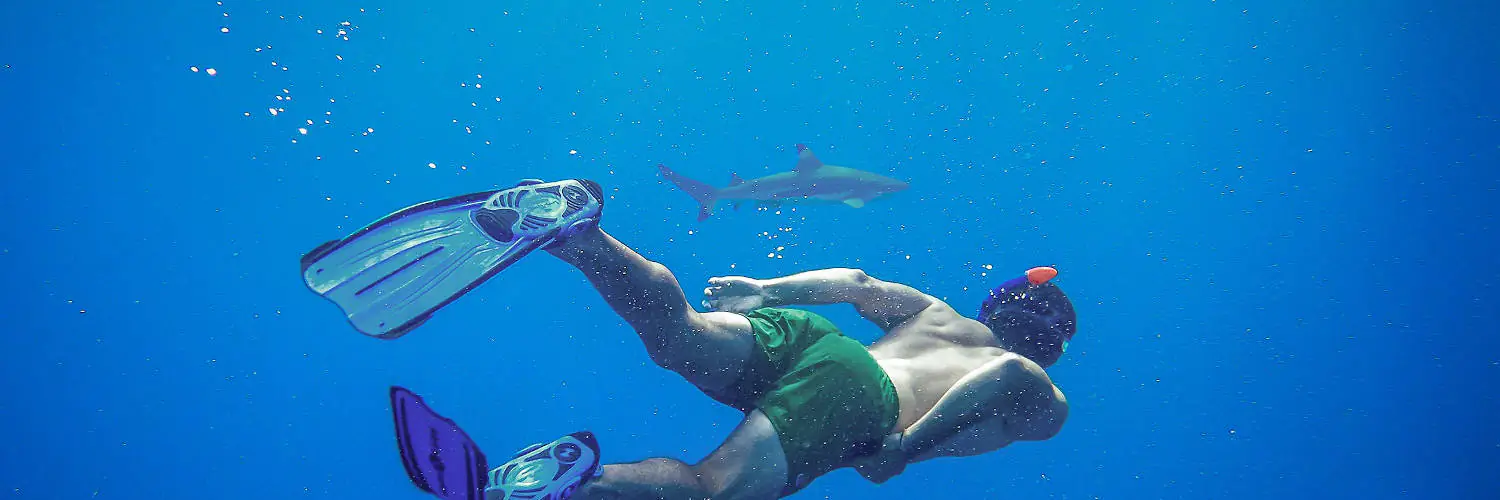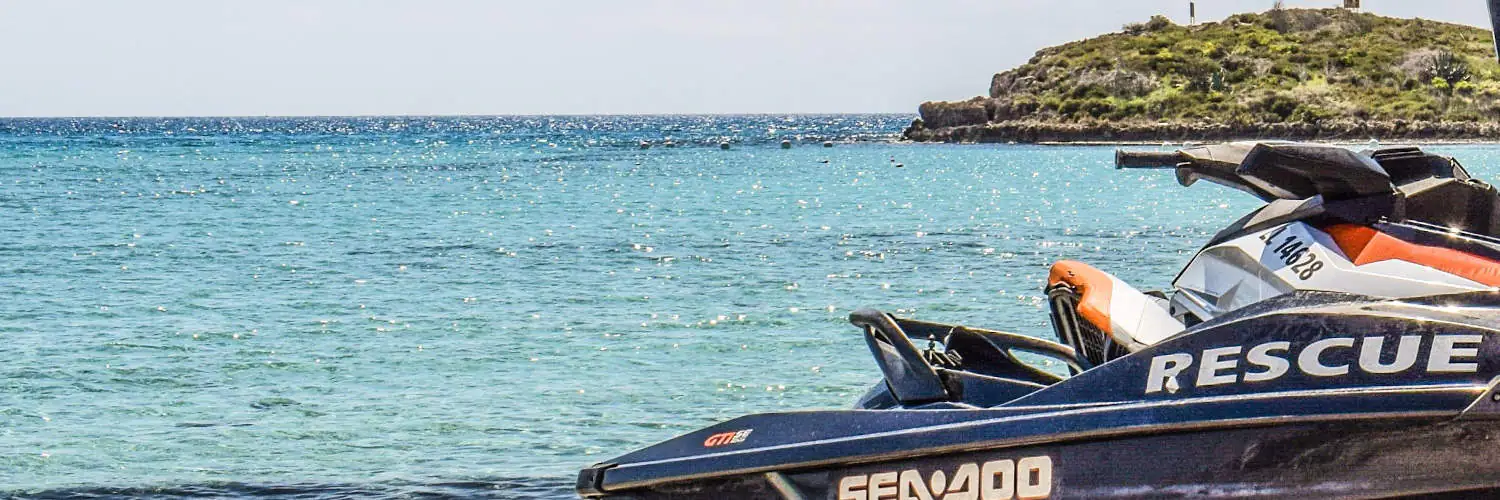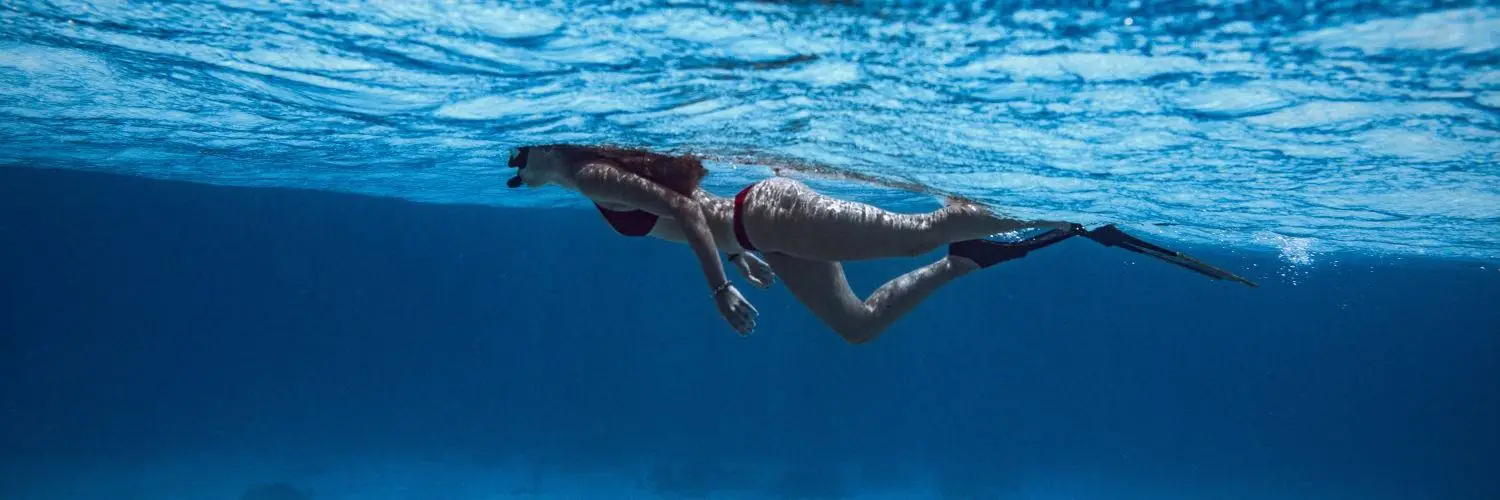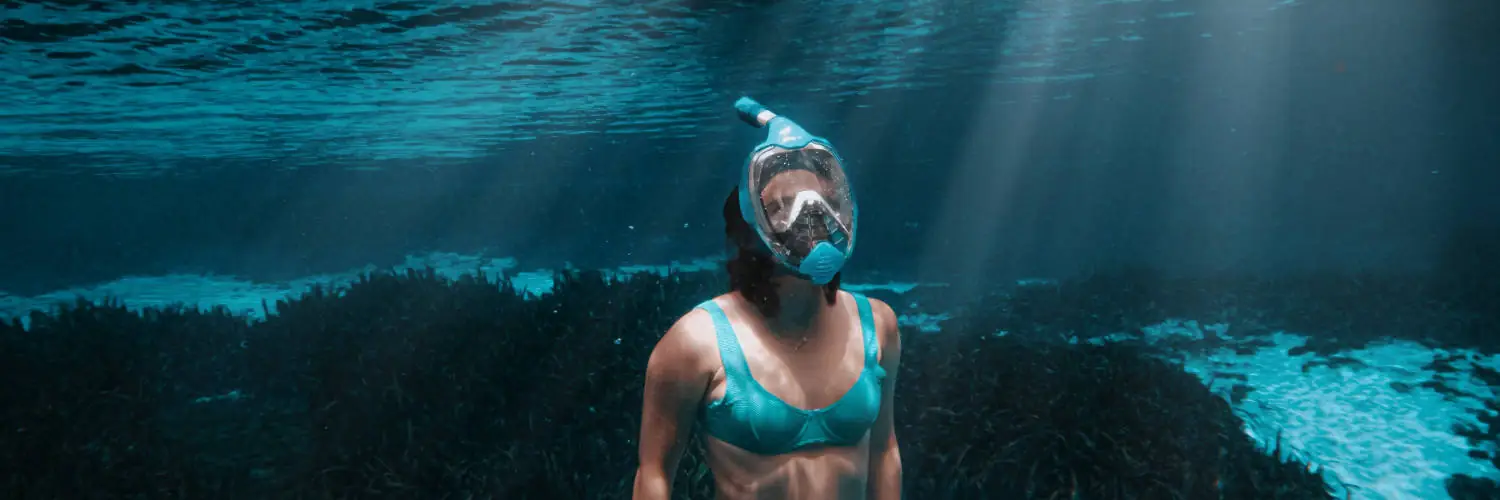Table of Contents
Snorkeling Must-Haves: Essential Gear for Underwater Exploration
Snorkeling is an aquatic activity that allows individuals to explore underwater worlds with minimal equipment and preparation. To ensure a safe and enjoyable experience, it is crucial to have the right gear. The essentials for snorkeling include a well-fitted mask, a snorkel, and a pair of fins. These items form the core of snorkeling equipment, and each plays a critical role in allowing the snorkeler to see clearly underwater, breathe while face-down on the surface, and swim with less effort.
Selecting the correct snorkeling equipment is not only a matter of comfort but also of safety. A mask that seals properly prevents water from interfering with vision and breathing, while a snorkel designed to reduce water entry gives the snorkeler confidence to focus on their surroundings rather than on the gear. Fins that are the appropriate size and style for the swimmer’s ability help in maneuvering through the water efficiently, which is particularly important in ocean currents or when covering larger distances.
For a safe snorkeling venture, additional items such as a flotation device, UV protection swimwear, or a wetsuit might be necessary, depending on the location and conditions. Wearing protective gear to guard against sun exposure and maintaining proper hydration levels is equally important. When snorkelers are equipped with the proper gear and knowledge, they can confidently engage with the marine environment while minimizing risks.
Essential Snorkeling Gear
Selecting the essential gear for snorkeling is crucial for comfort and safety underwater. Quality masks, snorkels, and fins are foundational items that enhance the snorkeling experience.
Choosing the Right Mask
The snorkeling mask is a critical component for clear underwater vision. Masks should have a snug fit without being too tight to prevent water leakage. Comfort is key, and the mask strap should be easily adjustable. A good quality mask will have a strong, shatter-resistant lens and a skirt—preferably made of silicone—that forms a watertight seal with the face. Full face snorkel masks are an alternative providing a wide view, but one should ensure they are certified and meet safety standards to prevent CO2 buildup.
Snorkel Types and Features
When selecting a snorkel, consider the mouthpiece comfort and the ease of breathing it provides. A dry snorkel comes equipped with a dry valve that prevents water from entering the snorkel tube, which is particularly useful in choppy waters. A snorkel with a purge valve allows water to be easily expelled without lifting the head from the water. For calm waters, a traditional snorkel with a simple splash guard may suffice.
Fins for Efficient Swimming
Fins, also known as flippers, are vital for effective and efficient underwater movement. There are two main types: open-heel and full-foot. Open-heel fins are usually adjustable and can be worn with booties, while full-foot fins are meant to be worn barefoot or with thin socks. The fins should allow for a comfortable yet firm fit; they should not pinch or cause blisters. Fin length and rigidity vary, with longer, stiffer fins offering more propulsion but requiring more leg strength.
Safety and Comfort Measures
Safety and comfort are essential for any snorkeler, whether beginner or experienced. A well-fitted mask, appropriate clothing, and reliable safety gear can significantly enhance the snorkeling experience by mitigating risks and providing protection.
Protective Clothing
A wetsuit or rash guard provides protection against abrasions and stings from marine life. For cooler waters, a wetsuit made from neoprene offers thermal insulation. Neoprene socks can protect the snorkeler’s feet from blistering, especially when wearing fins for extended periods.
Sun Protection
Snorkelers are highly susceptible to sunburn, so wearing a rash guard with UV protection is beneficial. Applying broad-spectrum, water-resistant sunscreen is crucial, and one should not forget to reapply it according to the product’s instructions. A swim cap can help protect the head from sun exposure.
Safety Equipment
One must never neglect safety equipment, which includes items like a life jacket for those who are not strong swimmers or to assist in the event of fatigue. Ensuring the mask has a good seal to avoid water leakage and using a defog agent are vital for clear vision underwater. Additionally, carrying a waterproof snorkeling watch can help keep track of time to prevent prolonged sun exposure.
Enhancing the Snorkeling Experience
To maximize enjoyment and safety, snorkelers should focus on interactive marine life encounters, mastering underwater photography, and managing physical factors affecting their in-water experience.
Marine Life Interaction
A snorkeler’s interaction with marine life can be the highlight of their underwater adventure. They must be mindful of the delicate ecosystems, such as coral reefs, and maintain a safe distance to preserve these habitats. Observing marine animals in their natural environment requires a gentle approach, avoiding any actions that could stress or harm them. Current conditions play a crucial role; a strong current near reefs may require snorkelers to be more cautious to avoid accidental contact with the reef, which could be damaging.
Underwater Photography
To capture the vividness of the underwater world, snorkelers often use GoPro cameras or other underwater cameras. These should be secured with floatable straps to prevent loss. Snorkelers strive for clear, steady shots, often utilizing features designed for underwater use. The key to exceptional photography is understanding the play of light beneath the water’s surface and remaining as relaxed as possible to steady the camera.
Managing Physical Factors
Physical comfort can significantly affect a snorkeler’s experience. Factors such as a well-fitting mask preventing air leakage, the application of a mask defogger for clear vision, and lip protection against long exposure to saltwater are vital considerations. They must also be aware of current conditions and choose snorkeling spots with suitable currents for their skill level. Snorkelers should ensure that they are comfortable with the water’s buoyancy and preserve their energy for a more relaxed and extended exploration of the marine world.
Snorkeling Skills and Tips
Mastering essential snorkeling skills and tips can significantly enhance one’s underwater experience and safety. This section will explore breathing techniques, how to overcome common fears, and advanced snorkeling skills that every enthusiast should know.
Breathing Techniques
Proper breathing is fundamental in snorkeling. One must breathe slowly and deeply through the snorkel, as this helps to maintain calmness and conserve energy. Using a semi-dry or dry snorkel can mitigate water entry, and it is vital to practice breathing in shallow water before venturing further.
- Practice: Start in shallow water to grow accustomed to breathing through a snorkel.
- Breathe Slowly: Deep, calm breaths help conserve energy and reduce fogging in the mask.
Overcoming Common Fears
Fear of drowning is a significant concern for many beginners. Building confidence through practice in calm, shallow waters is essential. Employing swimming techniques that increase one’s comfort in the water can alleviate anxiety. The use of floatation devices and understanding that fins improve mobility and allow for smooth navigation through waves also helps overcome fear.
- Use of flotation devices: Helps with buoyancy and instills confidence.
- Swimming techniques: Fundamental swimming skills are crucial for safety.
Advanced Snorkeling Skills
Those transitioning to advanced snorkeling can expand their skills to include freediving techniques, which involve safely holding one’s breath while diving below the surface. Mastering how to submerge with controlled movements and equalizing ear pressure is critical. It’s advisable to remove any residue from new masks with baby shampoo or saliva to prevent fogging, thereby maintaining clear vision underwater.
- Freediving techniques: Enhances the ability to explore beneath the surface.
- Mask preparation: A thin film of baby shampoo or saliva can prevent fogging.
Participants in snorkeling should focus on these skills to ensure a safe and enjoyable experience. Their implementation can greatly contribute to the overall success and enjoyment of snorkeling excursions.
Planning Your Snorkeling Adventure
Before a snorkeler embarks on their underwater journey, selecting a prime location and packing essential gear are critical steps to ensure a memorable and safe experience.
Selecting Snorkeling Locations
A snorkeler, whether a beginner or advanced, should consider the marine life, visibility, and currents of potential locations. For beginners, calm waters with abundant marine life, like those found in Hawaii, provide an ideal setting to learn and enjoy. Advanced snorkelers might seek more challenging locales where they can spot large marine creatures, including whale sharks. Researching through tour operators for snorkeling excursions can offer tailored advice and locations suited to different experience levels.
Packing the Essentials
When preparing for a snorkeling adventure, compiling a packing list of essential gear is imperative. A basic snorkeling kit includes:
- Snorkel Set: Comprising a mask, snorkel, and fins. For clarity underwater and comfortable breathing, ensure the mask fits well and the snorkel is functional.
- Wetsuit: To maintain body warmth in cooler waters, as well as to provide protection against the sun and stinging particles.
- Buoyancy Aid: It offers an additional layer of safety, especially for those new to snorkeling or swimming.
- Bandana: Useful for protection against sun exposure and to keep hair from obstructing the mask or snorkel.
Beyond basic gear, it is also recommended to carry:
- Waterproof sunscreen
- Snorkeling vest for visibility
- Water bottle for hydration
Exercise is an often overlooked but vital aspect of snorkeling preparations. Regular swimming helps build stamina and comfort in the water, enhancing the snorkeling experience.
Wildlife and Environmental Considerations
When snorkeling, one must prioritize the protection of marine life and the surrounding environment. The health of coral reefs and the behavior of marine animals greatly depend on responsible practices.
Responsible Interaction with Marine Life
-
Do Not Disturb: It is crucial that snorkelers do not touch, feed, or chase marine animals, including fish and sharks. Such interactions can alter natural behaviors and disrupt local ecosystems.
-
Observe Only: Snorkelers should maintain a safe distance from all wildlife, observing quietly and passively to minimize stress on the animals.
Understanding Local Ecology
-
Coral Reefs: Recognize that coral reefs are delicate ecosystems. Snorkelers must avoid any contact with the reef structure, as even minor contact can cause significant damage.
-
Underwater Sports Equipment: The use of quality equipment that is appropriate for the environment is essential. Snorkelers should ensure that their fins do not brush against the reef and that all gear is free from potential contaminants that could harm the marine ecosystem.








